Ever arrive at a dive destination only to realize you left something behind? A forgotten item can turn excitement into frustration. But worry not! This dive trip packing list will help you travel confidently and enjoy more time underwater without any missing gear.
From essential gear and safety must-haves to travel tips that make packing lighter and smarter, we’ve got you covered.
With this checklist in hand, you can focus less on logistics and more on what truly matters: exploring the ocean’s incredible beauty, one dive at a time.
Essential Dive Gear to Always Pack: Your Core Scuba Checklist
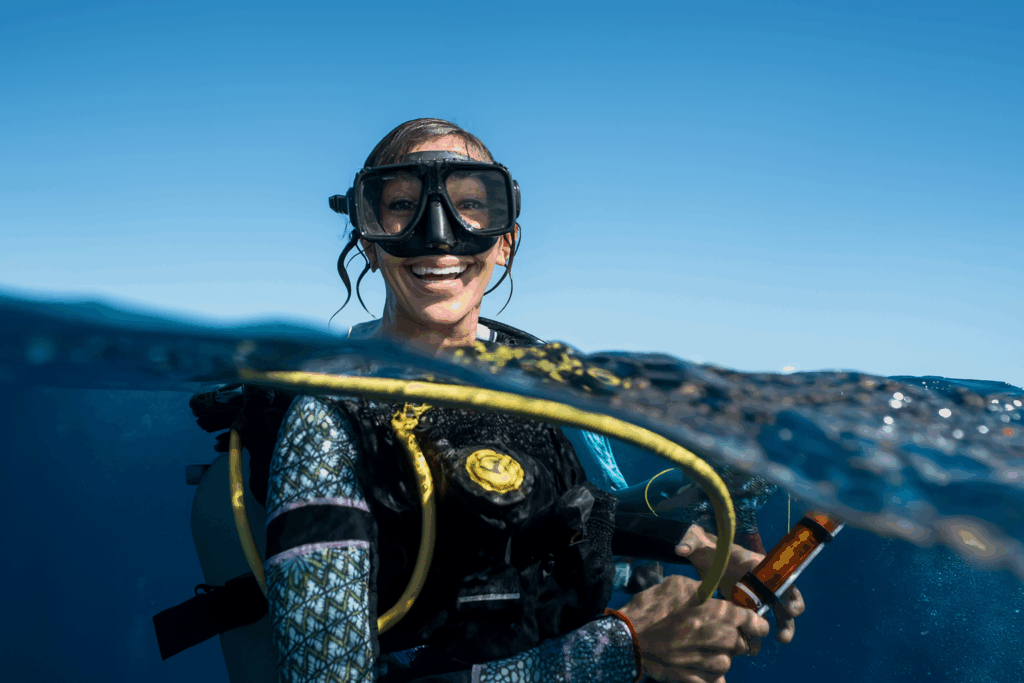
Packing the right dive gear essentials ensures comfort, safety, and consistency every time you dive. While most destinations offer reliable rental equipment, having your own gear means everything fits perfectly and performs just the way you like it.
Here’s what should always be on your scuba packing list.
Mask, Snorkel, and Fins
A well-fitting mask is the key to having an enjoyable dive trip. Test the seal before every trip to make sure it still fits your face comfortably. If your mask tends to fog or leak, pack a small bottle of anti-fog and a spare strap for peace of mind.
Your snorkel and fins should also fit comfortably without causing pressure points. Open-heel fins are ideal for travel because they pair easily with booties. When packing, keep fragile items like your mask in your carry-on to prevent cracks or scratches.
Pro Tip: Always pack a spare mask strap. This tiny piece of silicone can snap without warning. Having a spare takes seconds to pack and can save you from missing a dive. A spare fin strap or buckle is also a wise, space-saving addition.
Buoyancy and Breathing Gear (BCD, Regulator)
Not sure whether to pack your BCD and regulator or rent them at your destination? It’s a common question for many divers preparing for a trip.
Ultimately, it comes down to a trade-off. Your own gear offers familiarity and a perfect fit, which boosts comfort and safety underwater. You know its service history inside and out. The main drawback is the weight and bulk, often resulting in extra baggage fees.
Renting is convenient and saves you luggage space, but you’re using equipment with an unknown history and a potentially awkward fit.
If you pack your own, check that your gear is serviced and in good condition. Inspect hoses for cracks, confirm that mouthpieces are secure, and check the last servicing date on your regulator. If anything looks worn, replace it before you fly.
Dive Computer and Backup
Your dive computer is arguably your most important piece of safety equipment. It is the one item you should never leave to chance. Always bring your own.
Before you pack it, check the battery. If you have any doubt about its remaining life, replace it. Additionally, bring a spare or backup device if possible.
Many divers prefer to travel with their own computer because it keeps their dive logs consistent. If you’re diving multiple destinations in one trip, using the same device makes it easier to track your overall dive history accurately.
Exposure Protection for Different Destinations
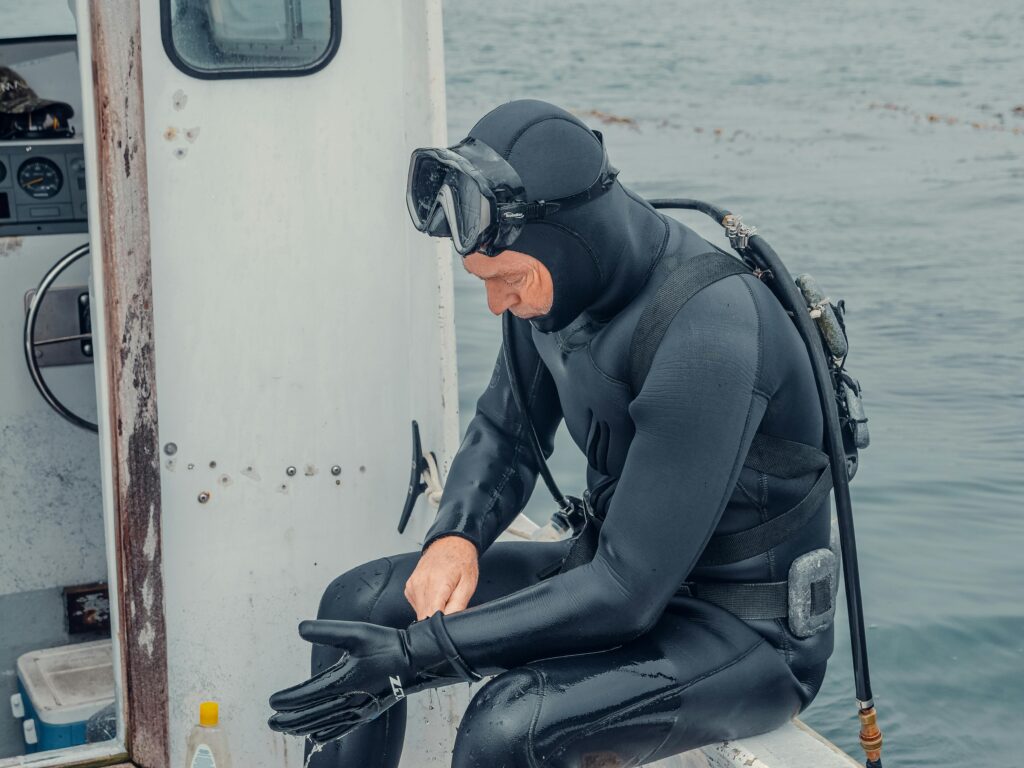
Staying comfortable underwater isn’t just a luxury, but essential for a safe and enjoyable dive. The water temperature, wind, and surface conditions can all affect how warm you feel underwater.
Packing the right suit helps you enjoy longer dives and smoother surface intervals wherever you go.
Tropical vs Temperate or Cold Waters
Your dive destination and season should guide your choice of wetsuit. In tropical regions, a shorty wetsuit or rash guard often provides enough warmth and protection from the sun and stings. In temperate waters, a 3mm to 5mm full wetsuit is usually ideal. If you’re going to a cold-water destination, a thicker neoprene or even a drysuit is more suitable.
Before you pack, check the average sea temperature of your destination and consider how easily you get cold. Even in warm waters, two to three dives per day can lower your body temperature faster than expected.
Dive Boots, Gloves, and Hoods
Footwear and accessories might not take up much space in your dive bag, but they can make a big difference in your comfort and safety. Dive boots protect your feet during shore entries, rocky walks, or when using rigid fins for extra power. Meanwhile, gloves and hoods help you stay warm in cooler waters and guard against accidental scrapes or jellyfish stings.
If your dive trip involves boat diving with tenders or landings on rough or slippery beaches, it’s worth packing sturdy booties with good grip and non-slip soles. These small essentials can make getting in and out of the water much easier and save you from unnecessary cuts or slips along the way.
Off-Water Clothing and Recovery Wear
What you wear between dives matters, too. Choose quick-dry shirts, lightweight shorts, and UV-protective clothing to stay cool and comfortable during surface intervals or boat rides. Add a wide-brim hat, sunglasses, and reef-safe sunscreen for sun protection.
In the evening, slip into a few breathable layers. Even in tropical destinations, the sea breeze can feel cool after sunset, especially after a long day of diving.
Dive Safety, Navigation & Emergency Must-Haves
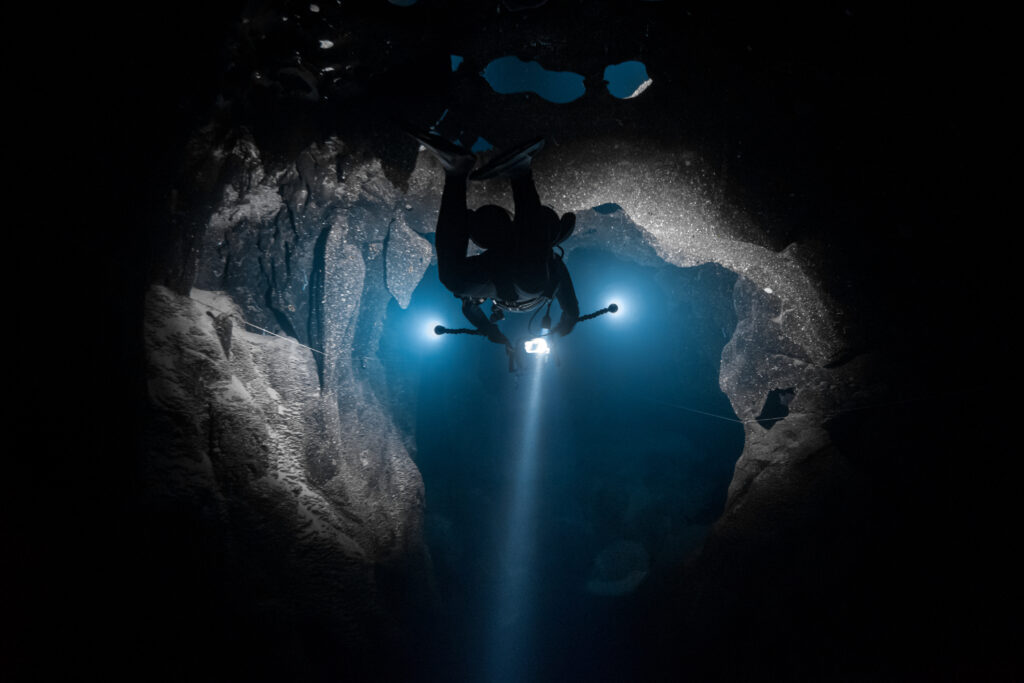
Safety gear is something you hope you’ll never need but should always have with you. A well-prepared dive safety kit can make all the difference in unpredictable conditions, especially when diving in remote areas or from liveaboards.
These essentials help you stay visible, handle minor equipment issues, and dive responsibly wherever your adventures take you.
SMB, Whistle, Backup Light, and Signaling Devices
Every diver should carry a surface marker buoy (SMB) or a delayed SMB (DSMB). It helps boats and dive guides spot you easily, especially during drift dives or when surfacing. Pair it with an audible signaling device like a whistle or air horn for extra visibility.
Underwater, a small backup light or torch is useful even for daytime dives, particularly in swim-throughs or low-visibility conditions. Keep your signaling tools in accessible pockets so you can reach them quickly if needed.
Save-a-Dive Kit
Even a minor gear issue can interrupt a great dive. A compact save-a-dive kit helps you handle quick fixes without cutting your trip short. Include spare O-rings, fin straps, mask defog, zip ties, and electrical or duct tape.
If you’re joining a liveaboard, check with the crew first. Most boats carry a toolkit, but having your own ensures you’re never caught unprepared.
Insurance, Certification, and Local Dive Rules
Before your trip, make sure your diving insurance, such as DAN (Divers Alert Network) coverage, is valid for your destination and dive type. Keep certification cards and logbooks handy, as dive centers often require them before check-in.
It’s also wise to read up on local dive regulations, such as marine park rules, no-touch policies, and safety briefings. Following these guidelines protects both you and the marine environment while ensuring a smoother dive experience.
Underwater Photography and Videography Packing Guide
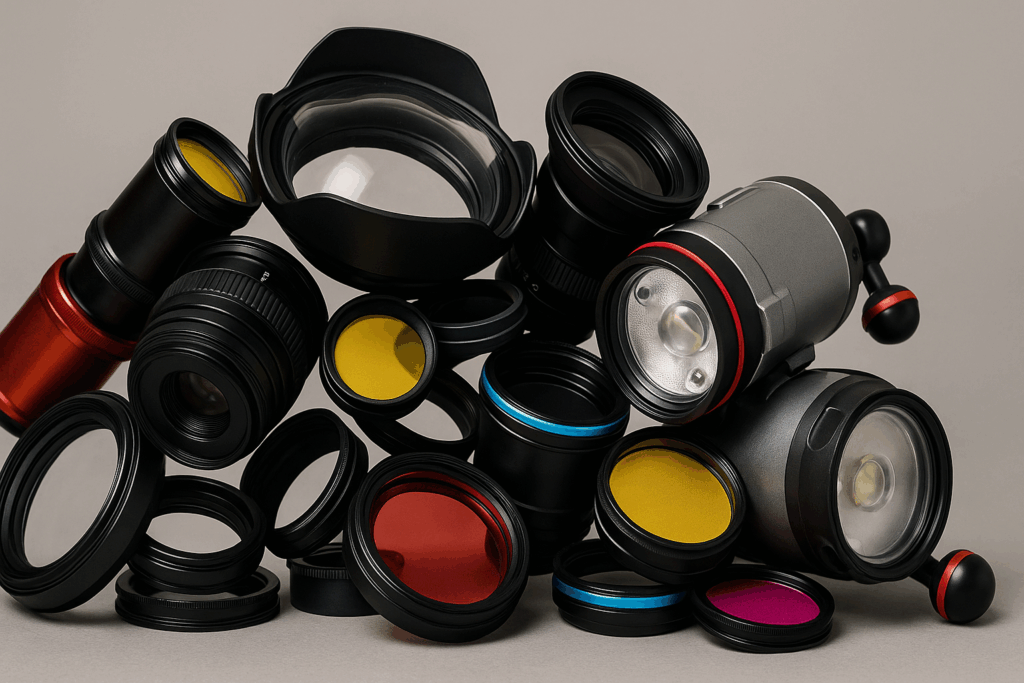
If capturing the underwater world is part of your dive plan, packing the right camera gear is just as important as bringing your fins or mask. This underwater photography packing list will help you keep your equipment safe, organized, and ready to shoot
Housing, Strobes, Arms, and O-Ring Care
Your camera housing is your lifeline underwater. Before each trip, inspect every O-ring for cracks, dust, or lint, and apply a thin layer of silicone grease to keep them watertight.
You can also pack strobes, arms, and sync cords carefully, and bring extra O-rings and small tools for quick maintenance.
If you’re using fiber optic cables, store them loosely to avoid bends or stress points. It’s always a good idea to test your full setup in a shallow pool or tub before you travel, ensuring there are no leaks or connection issues.
Backup Storage, Chargers, and Power Management
Running out of storage or battery power mid-trip is every underwater photographer’s frustration. Bring spare memory cards, batteries, and chargers, along with a power bank for charging on boats or between dives.
For file storage, SSD drives are faster and more durable than HDDs, especially in humid conditions or during long travel days. Label each storage device clearly to stay organized and reduce the risk of losing your footage.
Packing Safely for Flights
Underwater camera gear can be fragile and expensive, so it pays to pack it carefully. Use padded camera bags or hard cases with customizable foam inserts to protect lenses and housings.
Keep sensitive items like cameras, lenses, and housings in your carry-on luggage, where you can control how they’re handled.
Add desiccant packs to prevent moisture buildup, and leave housing lids slightly open during flights to avoid pressure-related stress on the seals. Once you arrive, recheck your gear before assembling it for the first dive.
Travel & Luggage Strategy for Divers
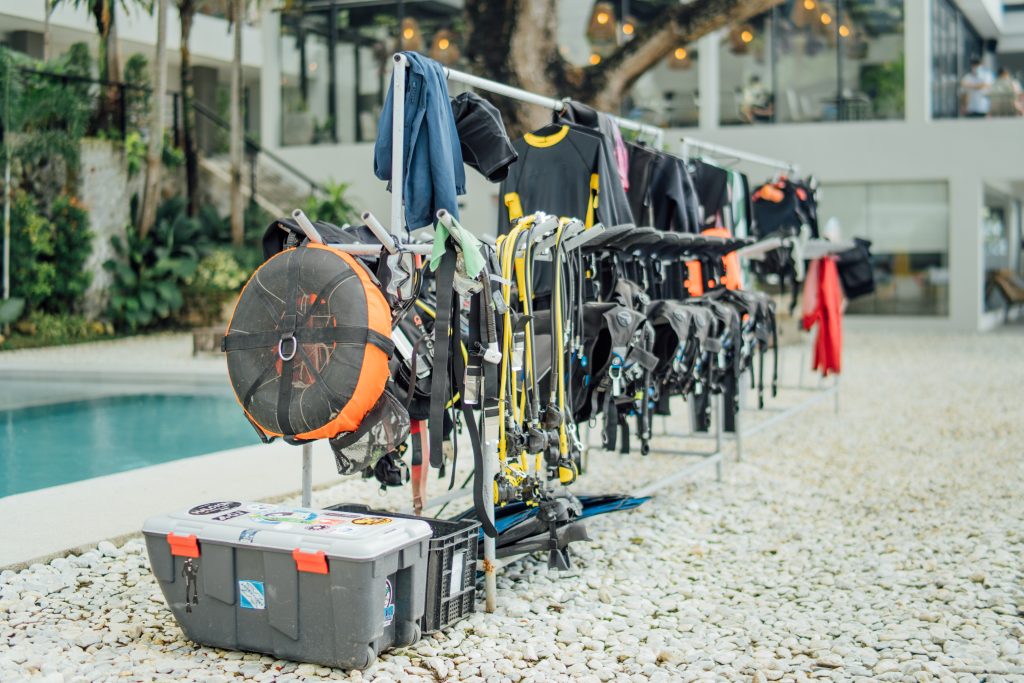
Getting your dive gear from your front door to a boat in a remote corner of the world can feel like a logistical puzzle. Figuring out how to pack dive gear for flights without breaking it, losing it, or paying a fortune in excess baggage fees is a skill.
The key is knowing exactly what to carry on and what to check.
Carry-On Essentials
Keep fragile and valuable items in your carry-on. Your important travel documents, dive computer, camera gear, and regulator should always stay with you, as this equipment can be damaged if tossed around in checked bags.
If space allows, include a mask, a change of clothes, and small essentials like medication or chargers. That way, even if your luggage is delayed, you can still dive comfortably once your main gear arrives.
Checked Luggage: Hard vs Soft Cases
For checked baggage, both hard-shell and soft dive bags have their benefits. Hard cases offer better impact protection for long flights or multiple transfers, while soft bags are lighter and easier to fit into small storage areas on boats.
To stay within airline limits, weigh your bag before you leave home. Use gear-specific travel bags with compartments for fins, wetsuits, and accessories to keep everything secure.
Place heavier items like BCDs at the bottom and cushion delicate parts with wetsuits or clothing for extra protection.
TSA and Airline Rules for Cylinders and Batteries
Most airlines prohibit pressurized cylinders, even small ones used for pony bottles or camera rigs. If you must travel with one, ensure it’s completely empty, the valve is removed, and it’s clearly marked as inspected.
Lithium batteries, which are used in dive lights, strobes, and cameras, must typically go in your carry-on, not checked luggage. Check the airline’s watt-hour limits before your flight.
Refills for cleaning or lubricants should also be packed in accordance with liquid restrictions, ideally in sealed plastic bags to prevent leaks.
Liveaboard Dive Trip Packing & Etiquette
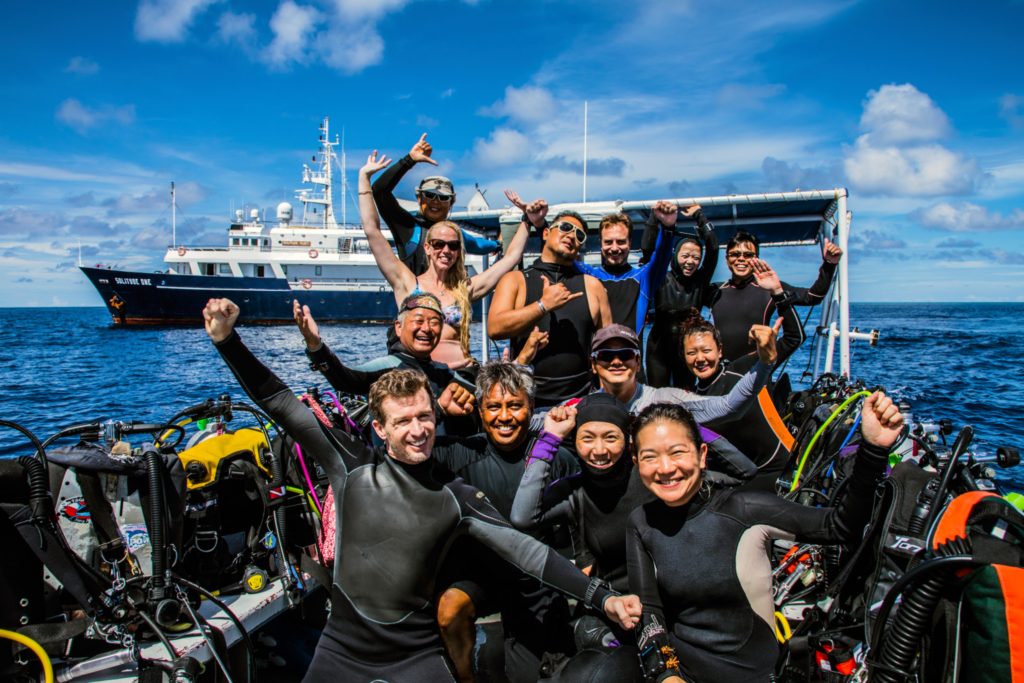
A liveaboard dive trip is one of the best ways to explore remote sites and enjoy multiple dives each day.
Packing for it, however, requires a slightly different approach than a resort holiday. Space is shared, storage is limited, and comfort depends on how well-prepared you are.
Here’s a quick liveaboard dive packing list to help you get started.
Cabin Basics
Liveaboard cabins are cozy, so pack only what you truly need. Bring lightweight clothing, sleepwear, and a few personal comfort items like earplugs and motion sickness remedies, especially if you’re prone to seasickness.
Most liveaboards provide bedding, towels, and basic amenities, but it’s smart to bring your own universal power adaptor and a charging cable for your electronics.
Keeping your belongings organized in soft packing cubes helps you make the most of limited cabin storage.
Onboard Services: What’s Provided vs What to Bring
Before your trip, check what your liveaboard provides to avoid overpacking.
Most vessels supply weights, weight belts, tanks, and towels, as well as soap and shampoo. You’ll only need to bring your personal toiletries, any special skincare or medications, and your dive gear if you prefer using your own.
If you use rechargeable devices like cameras or torches, bring extra batteries or power banks since charging stations may be shared among guests. A reusable water bottle and reef-safe sunscreen are also must-haves for eco-conscious travelers.
Compact Day-Bag Essentials for Diving
Each morning, you’ll pack a small day bag for the day’s dives. Include essentials like your mask defog, surface marker buoy (SMB), dive computer, logbook, and towel. A dry bag is especially useful for keeping your phone and other small items protected between dives.
Keep your setup tidy at the dive station and rinse gear only in the designated areas. These are small courtesies that make the shared space more enjoyable for everyone on board.
Health, Medication, and Seasickness Prevention
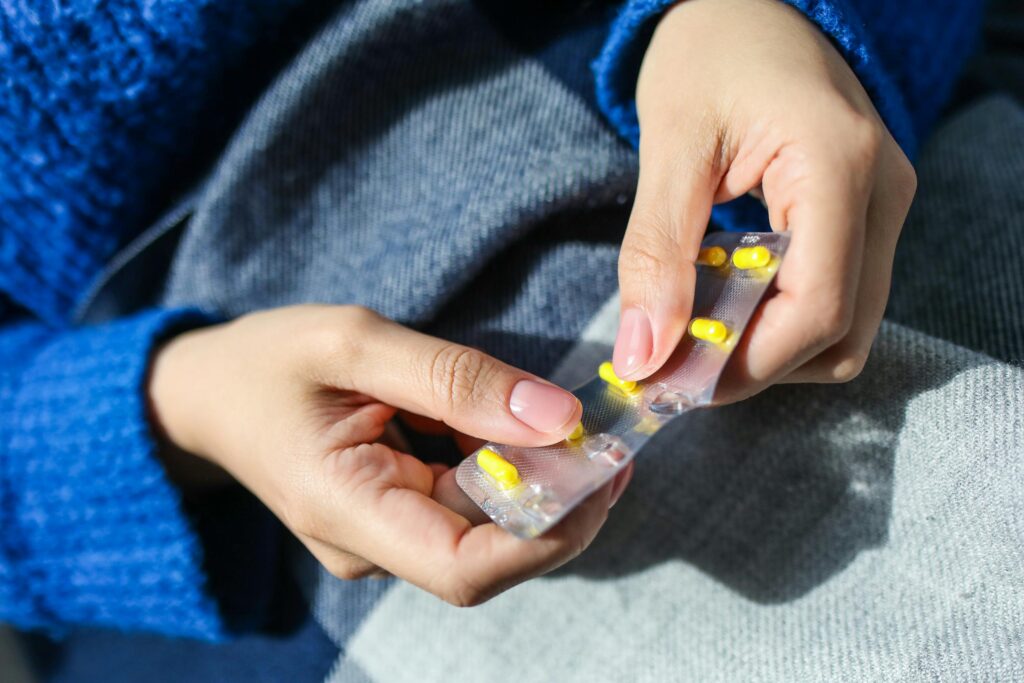
Healthy divers make happy divers. A little preparation before your trip can help you stay comfortable and safe from your first descent to your last surface interval. Here’s what to keep in mind when packing for your health and well-being on a dive holiday.
Prescriptions and Motion-Sickness Solutions
If you take regular prescription medication, bring enough for your trip plus a few extra days in case of delays. Keep them in their original packaging and pack them in your carry-on along with a small first-aid kit for common issues like minor cuts or insect bites.
For those prone to seasickness, motion-sickness tablets can make a big difference, especially on liveaboards. It’s best to take medication before the boat departs to prevent nausea from setting in. Avoid trying new medicines mid-trip unless advised by a doctor.
Hydration and Travel Health Preparation
Staying hydrated is essential when diving, as dehydration can increase the risk of decompression sickness. Bring a reusable water bottle and make it a habit to sip regularly throughout the day.
Before traveling, check if your destination requires any vaccinations or medical clearance forms for diving. Many operators ask for a completed dive medical form to ensure you’re fit to dive.
If you’ve had recent medical treatments or surgeries, consult a dive physician before booking your trip. Maintaining your health while diving not only keeps you safe but also lets you enjoy every moment underwater without discomfort or worry.
Eco & Sustainable Dive Travel Essentials

Diving connects us to the ocean in a way few activities can. So, it makes sense that divers often care deeply about protecting the very environments they explore.
Packing for a sustainable dive travel helps reduce your footprint and supports the health of our oceans for future generations.
Reef-Safe Sunscreen and Toiletries
Regular sunscreens often contain chemicals like oxybenzone and octinoxate, which can harm coral reefs even in small amounts. Choose reef-safe sunscreen made with non-nano zinc oxide or titanium dioxide, as these ingredients don’t damage the marine ecosystem.
The same goes for your toiletries. Opt for biodegradable shampoos, soaps, and toothpaste, especially when traveling to remote islands or liveaboards where wastewater goes directly into the sea.
Solid shampoo or conditioner bars are a great alternative to plastic bottles and are easier to pack.
Plastic-Free Travel, Reusable Bottles, and Lightweight Packing Tips
Every small choice adds up. Avoid single-use plastics by bringing a reusable water bottle, cutlery set, and shopping bag. Many dive boats and resorts now provide refill stations, making it simple to stay hydrated without waste.
Packing light also reduces fuel consumption during flights and boat transfers. Choose multi-purpose clothing, quick-dry fabrics, and compact dive gear when possible.
Lightweight packing not only helps the planet but also makes traveling between dive sites easier and more enjoyable.
Pre-Trip & Post-Dive Action Plan
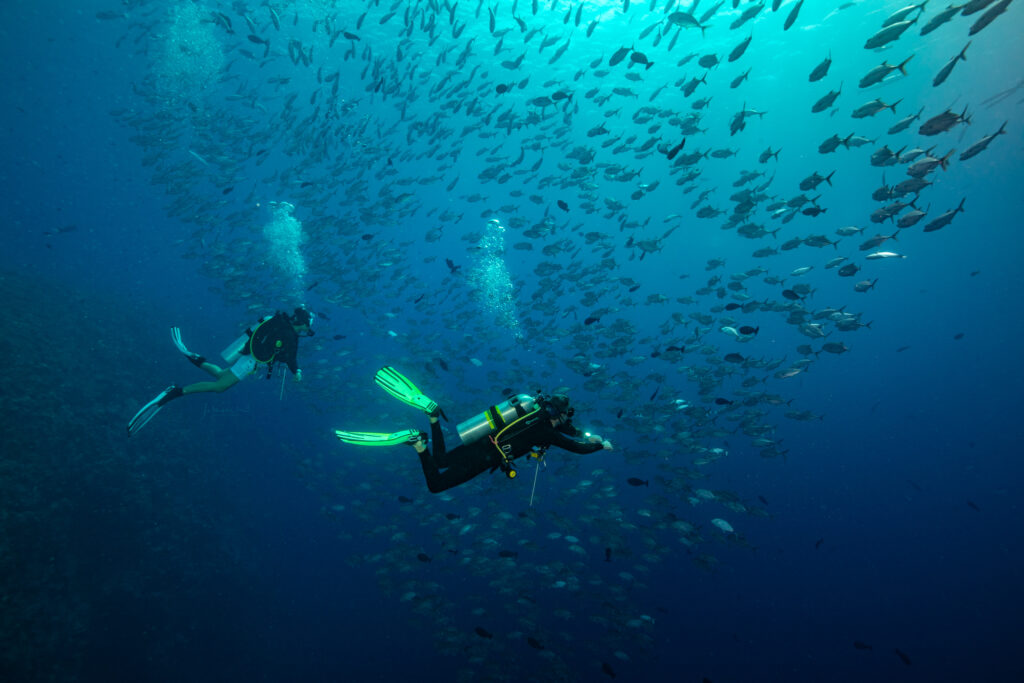
Good preparation makes the difference between a smooth, stress-free dive trip and one filled with last-minute surprises.
Whether you’re packing for a weekend getaway or a liveaboard expedition, a simple pre- and post-dive checklist helps ensure your equipment, documents, and health are all in order.
48 Hours Before Your Flight
Two days before departure is the ideal time to finalize your packing. Charge all your camera batteries, dive computers, and lights, and pack spare chargers and memory cards.
Label your gear clearly, especially masks, fins, and BCDs, since many divers onboard will have similar setups.
It’s also smart to review airline rules for carrying scuba gear, especially if you’re bringing batteries or cylinders. Double-check baggage weight limits to avoid extra fees, and confirm your dive insurance and travel documents are ready.
Travel Day Essentials
On travel day, keep important items in your carry-on. This includes your regulator set, dive computer, certification card, passport, and essential medications. Regulators are delicate and best protected when carried by hand.
If you’re traveling with camera gear, store it safely in padded compartments. A few energy bars, a reusable water bottle, and a copy of your dive itinerary can also come in handy during long layovers or transfers.
Post-Dive Gear Care
Once your trip ends, give your dive gear the attention it deserves. Rinse every item thoroughly in fresh water, paying extra attention to zippers, buckles, and regulator hoses. Let everything dry completely before storage to prevent mold or corrosion.
For frequent divers, it’s worth scheduling a professional gear service once a year, especially for regulators and BCDs. Storing your kit clean, dry, and well-maintained ensures it’s ready for your next dive adventure without unpleasant surprises.
Plan Your Next Scuba Diving Trip with Solitude World!

Packing smart is one of the best ways to set yourself up for an amazing dive trip. When everything’s organized and ready to go, you can spend less time stressing about what you forgot and more time enjoying the dives you came for.
Ready to book your next dive trip? Come join us at Solitude World Liveaboard & Resorts! Our liveaboards provide high-quality dive gear, Nitrox, and safety essentials, along with thoughtful amenities that make your trip easier.
All you really need is your personal equipment, comfortable clothing, and an adventurous spirit, while our crew takes care of the rest!
What are you waiting for? Book your next diving adventure with Solitude today